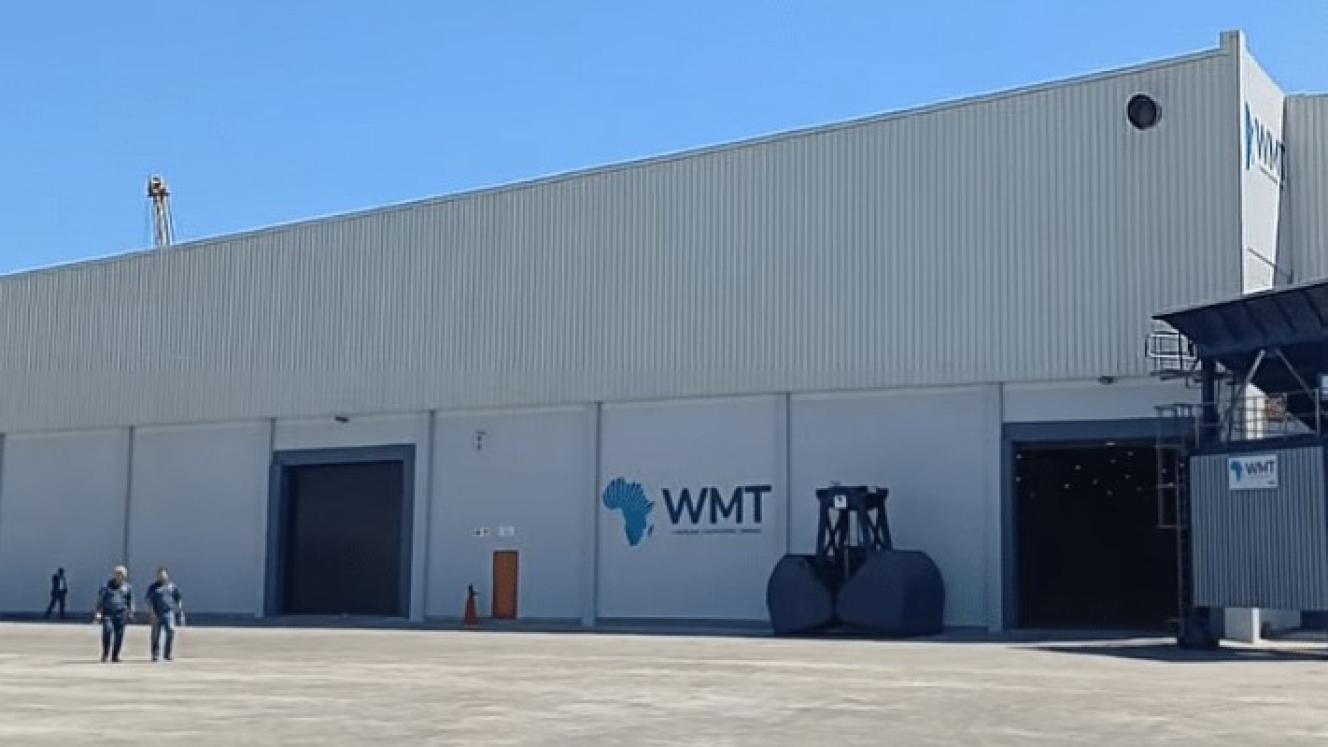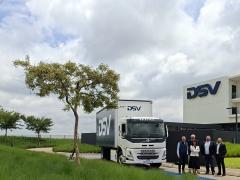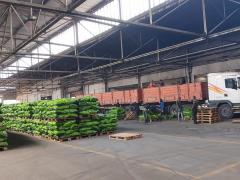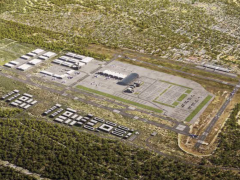South Africa’s warehousing sector is being squeezed from all directions. A shortage of modern, fit-for- purpose facilities is driving up cost, while unreliable rail and port infrastructure continues to disrupt supply chains and extend lead times. The surge in e-commerce is adding yet more strain, stretching capacity and last-mile networks to the limit. According to Christo de Swardt, commercial manager at Forte Supply Chain Solutions, these pressures are compounded by labour shortages, rising wages and high staff turnover. “Many operators still rely on outdated systems and siloed data, resulting in poor inventory visibility,” he said. “The lack of digital and analytics skills is slowing the adoption of new technologies, while the high cost and complexity of automation, coupled with persistent energy challenges and sustainability pressures, add further operational risk.” With this in mind, he said, warehousing and depot operators were increasingly seeking digital tools that boost visibility, automation and intelligence. “There’s rising demand for real- time tracking, automated picking and storage, data analytics for forecasting and cloud-based mobile solutions that integrate easily with other systems.” In terms of distribution, technology is also making a difference, helping networks stay resilient by providing real-time visibility, security and agility. “It enables companies to quickly reroute around infrastructure failures, track and protect cargo to prevent theft or damage, secure systems against cyber threats and stay compliant with changing regulations through automated updates – acting as an early-warning and control system that reduces risk and keeps operations running smoothly,” he told Freight News. According to De Swardt, it is essential to partner with a technology provider that is agile, modern and adaptable to today’s fast-changing environment. “Embedding the Internet of Things (IoT) tech helps predict and prevent risks like infrastructure failures, theft and cargo damage – while regular penetration testing strengthens cybersecurity. Across warehousing and depot operations, demand for digital tools is rising, especially in automation and advanced tracking.” He said South Africa was rapidly adopting warehousing and distribution technology – especially automation, digital logistics platforms and smart tracking tools. “However, it still lags leading markets like the US, EU and China in terms of full-scale automation, advanced analytics and system integration, mainly due to cost and infrastructure.” De Swardt said emerging technologies were transforming warehousing into smarter and more resilient operations. “AI and analytics drive better demand forecasting and inventory optimisation, while IoT enables real-time tracking and robotics enhances automation. Blockchain strengthens traceability, cloud computing delivers scalability, and sustainability tech cuts energy use. All of this works together to build a more agile, efficient and future-ready supply chain.” LV












